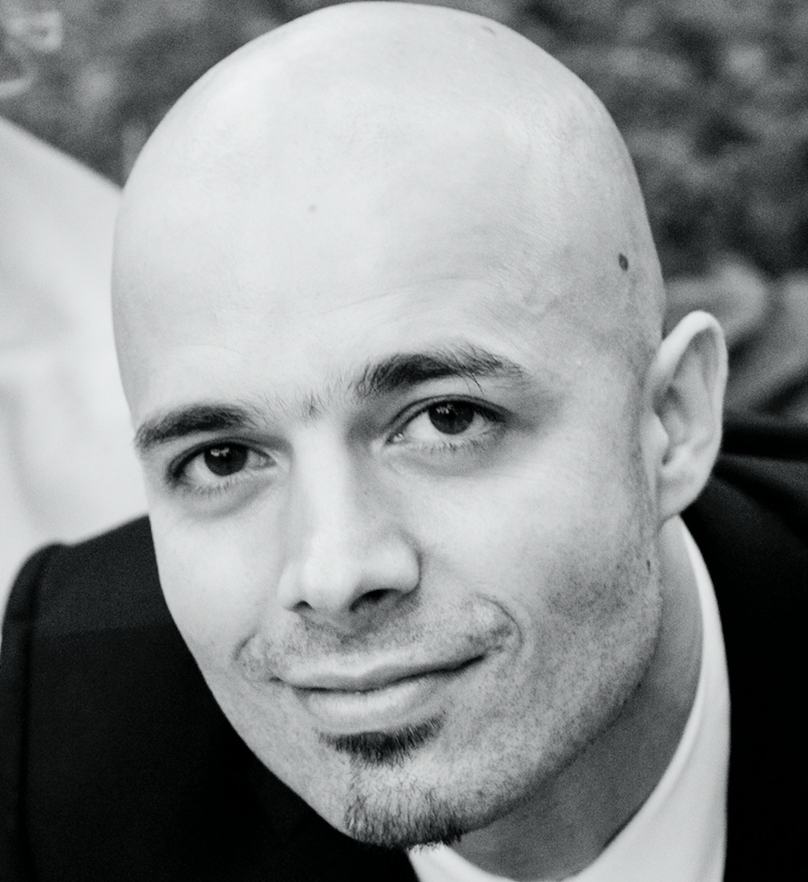How to Read 50% Faster [Free Lesson for Teens]
How fast do you read?
read faster
Fast?
Medium?
Slow?
Chances are you never measured your reading speed. Experts say we read 200-250 words per minute on average. But whatever your reading speed is you probably learned to read at the speed you read at now before you entered middle school.
Unless you intentionally tried to increase your reading speed in between then and now, it hasn't changed since you were a pre-teen.
Typically, we get instructed on how to read in elementary school, and once we're fluent and most of us can go through a reading without major stumbles, it is deemed that we know how to read.
And we do.
But guess what? You can read much faster.
All you have to do is know how to train. And fear not - this does not involve some sketchy skimming (and not understanding or remembering anything) tactics.
Don't believe me?
Fine.
Pick up a book you're currently reading and a timer. Read it for 60 seconds. Count the number of lines you read. Write it down.
Now, start where you left off. This time, read faster.
It sounds really weird, I know. Trust me. Start the timer and read at a pace that is faster than your usual pace. Make yourself read faster! Do it!
Now, count the number of lines you read. Write it down.
If you did this without the skepticism I sometimes get from students I do this presentation with, you read faster. What happened is that you just realized that you always read slower than you're capable of.
The title says 50% faster but it's an underestimation. I did not want to overpromise. I wanted to overdeliver.
From experience, I know there were several readers out there who read 50% faster than normal just now with the same or better comprehension and memory.
You see, the human brain is capable of processing information at a much higher rate than most of us feed it at when reading. In fact, when we read faster we tend to focus and engage more, which improves comprehension and memory.
But this is just the tip of the iceberg.
Of course, to make sure you keep reading at your new, faster pace, you must do it every time you read until you internalize it. For some, it will become a habit in 2 weeks, while it will take more like 2 months for others.
Reading just 50% faster will allow you to read 3 books in the same amount of time it took you to read 2 before.
But you can do better. Much better.
Just do the lesson I developed for my new book Crush School Student Guide: Learn Faster, Study Smarter, Remember More, and Make School Easier.
It involves using a visual pacer, which is a fairly basic speed-reading technique.
But it works.
There are 2 more lessons on fast reading in the book.
Just a quick reminder that Crush School Student Guide, my new learning how to learn book for teens, is now available on Amazon.
If you buy it here before Friday, August 3rd I will give you an extra copy and a gift that supports your child's learning further for FREE. Just pay $7 for shipping.
And if you already purchased one or simply value the work I do, you can help me get the word out about the Crush School Student Guide to other teachers and parents of teens.
Here are the 3 easy ways you can help:
Simply tell others who can benefit from the book about it - teachers who need lessons to teach study skills and parents of teens.
Tweet. Super easy - just click: Share on Twitter below.
Share on Facebook. Easy. Click on Share on Facebook below and Copy/Paste this text: Check out this book to help teach teens how to crush it in high school. Free Bonuses Inside.
Do all three! You will have my gratitude forever :)
You have the power to change lives. Use it often so they can change the world.
Hi! I'm Oskar. I teach, write, and speak to make learning better.
BOOKS & TOOLS
- September 2025 2
- August 2025 5
- July 2025 4
- June 2025 2
- August 2024 2
- July 2024 2
- June 2024 1
- October 2023 1
- September 2023 3
- August 2023 6
- July 2023 6
- July 2022 2
- June 2022 1
- November 2020 3
- October 2020 3
- April 2020 1
- March 2020 5
- July 2019 1
- June 2019 1
- April 2019 1
- January 2019 1
- November 2018 3
- October 2018 2
- September 2018 1
- August 2018 8
- July 2018 11
- June 2018 4
- May 2018 5
- April 2018 2
- March 2018 4
- February 2018 5
- January 2018 3
- December 2017 1
- November 2017 5
- October 2017 7
- September 2017 6
- August 2017 5
- July 2017 3
- June 2017 10
- May 2017 7
- April 2017 7
- March 2017 15
- February 2017 12
- January 2017 13
- December 2016 15
- November 2016 8
- October 2016 7
- September 2016 12
- August 2016 14
- July 2016 10
- June 2016 13
- May 2016 10
- April 2016 8
- March 2016 5
- February 2016 7
- January 2016 6
- December 2015 5
- November 2015 8
- October 2015 2

















